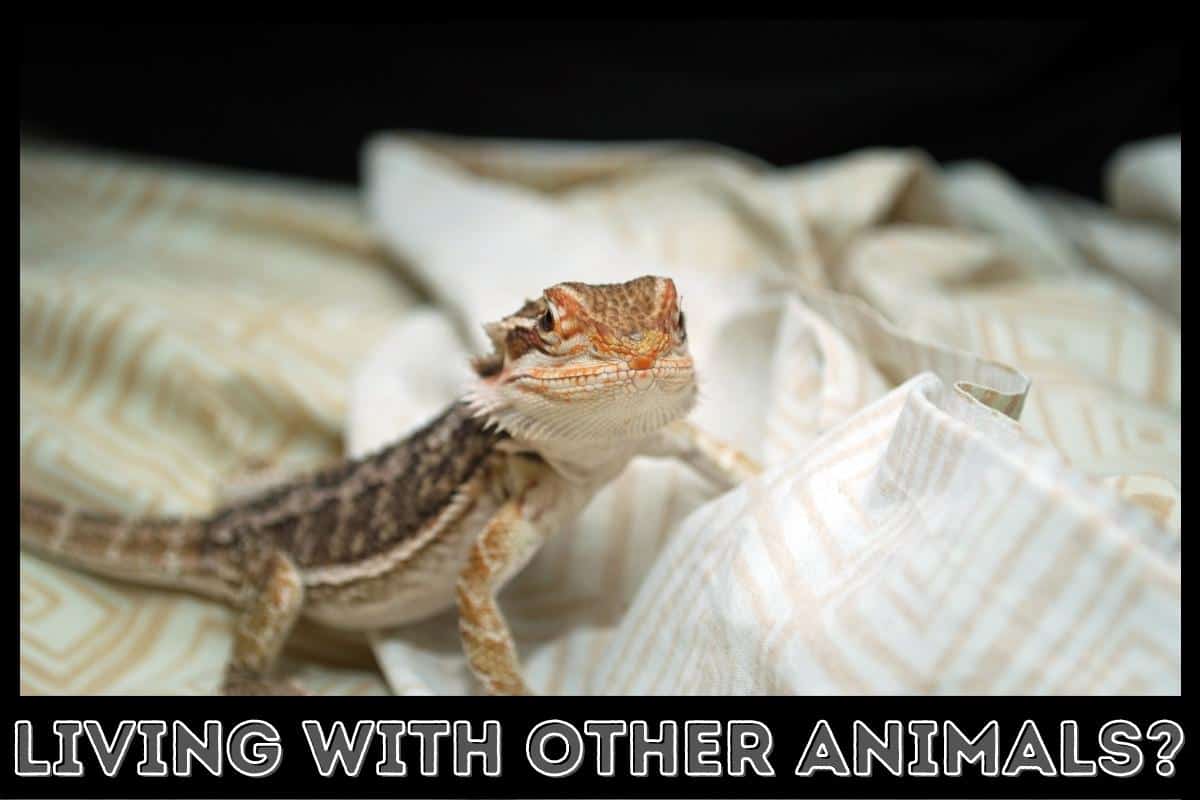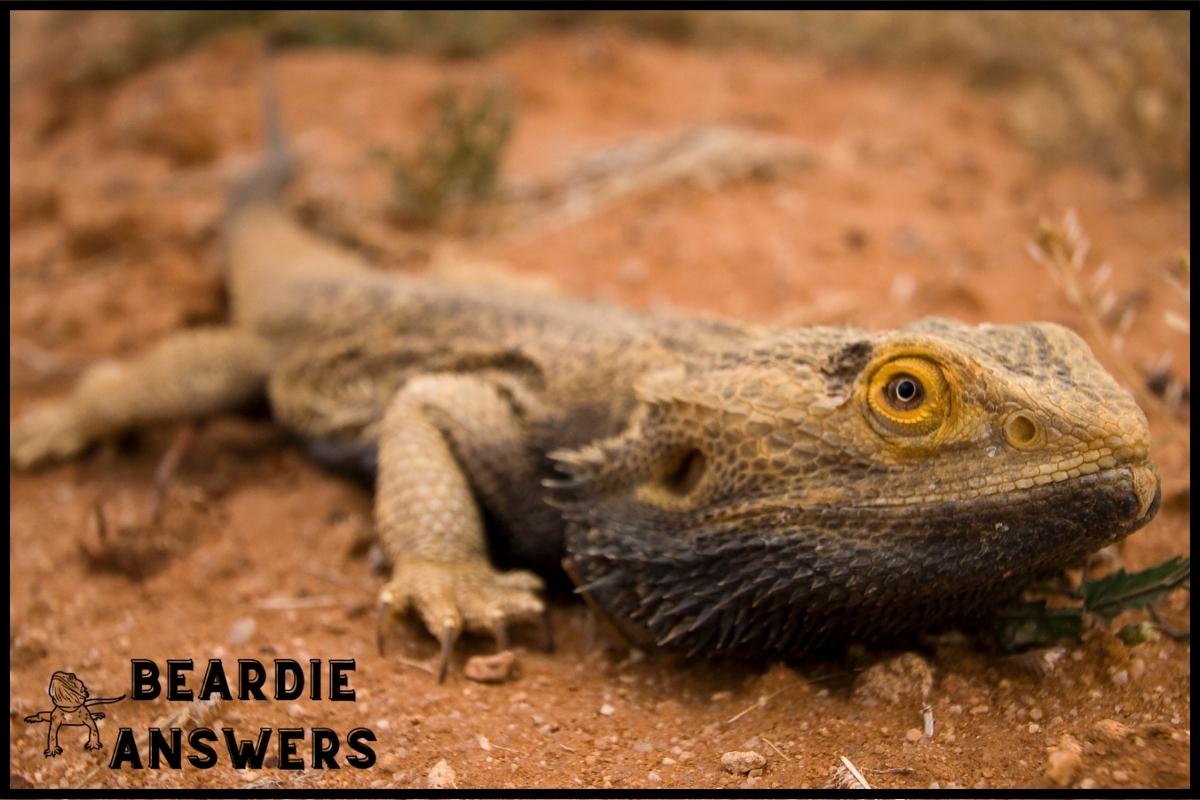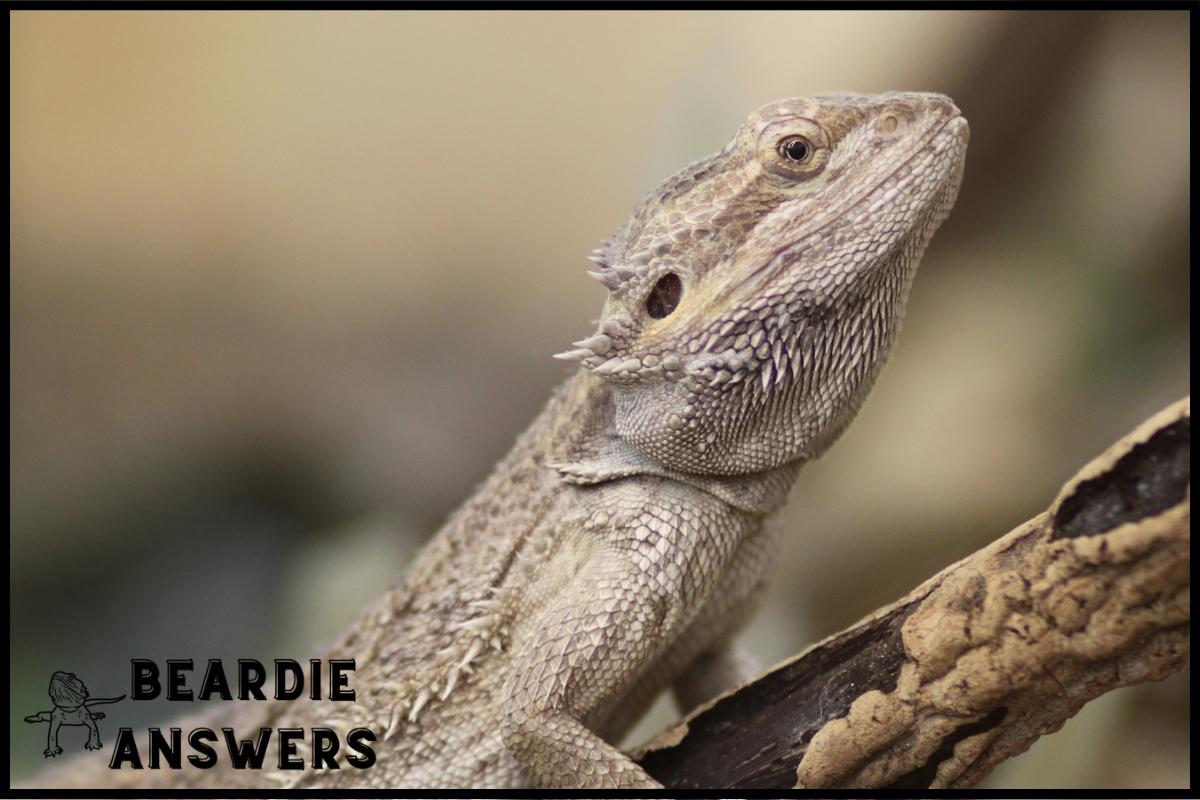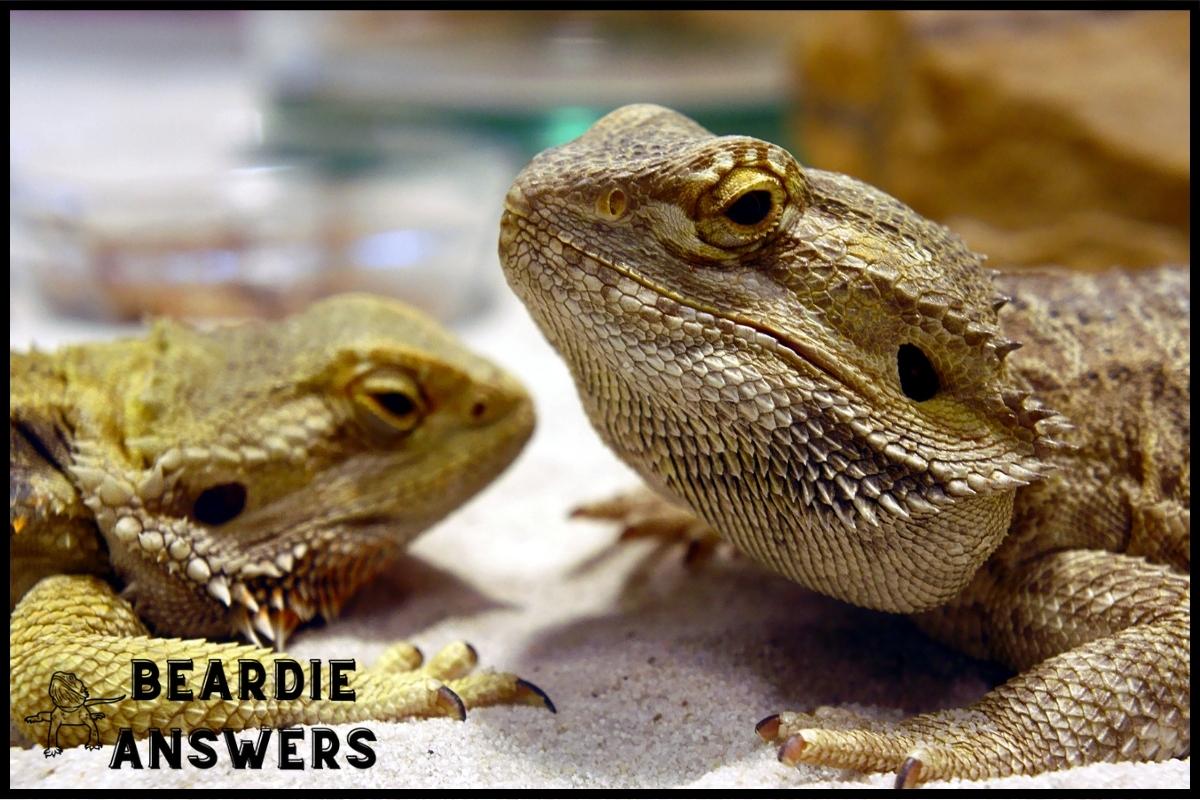Bearded dragons can live with some species of animals such as other bearded dragons, certain species of lizards like uromastyx, and some non-aggressive species of tortoises. However, it’s important to note that any animals housed with a bearded dragon should be of similar size and temperament, and should not be able to harm or stress the bearded dragon. Additionally, proper quarantine and acclimation protocols should be followed before introducing any new animals to a bearded dragon’s enclosure.
What You'll Learn
List of Animals that Can Live with A Bearded Dragon
When it comes to setting up a terrarium for your pet bearded dragon, you may be wondering what other animals can live with them. Here is a list of animals that can live with a bearded dragon:
Anoles
Anoles are small lizards that come in many different shapes, sizes, and colors. They are able to coexist with bearded dragons in the same enclosure as long as the space is large enough for them to have their own areas.
Anoles also require their own food source and should not be fed the same thing as your dragon.
Geckos
Geckos come in many varieties and are generally small reptiles that make great tank mates for bearded dragons.
They require similar care and habitat conditions as dragons, making them an easy animal to keep with your pet.
It is important to research the specific type of gecko you’re thinking of getting to make sure it is suitable for living with a bearded dragon.
Turtles and Tortoises
Chelonians such as turtles and tortoises can also be kept with bearded dragons in the same enclosure. These animals require their own habitat setup that differs from that of a bearded dragon. For example, turtles need access to water since they spend more time underwater than other reptiles do.
It is important to research the specific species of turtle or tortoise you’re thinking of getting and make sure it will fit well into your dragon’s enclosure.
Benefits of Other Animals Living with A Bearded Dragon
Having other animals living with a bearded dragon can be a great way to provide your pet with companionship and enrichment. Not only can this help reduce loneliness and boredom, but it can also add a new dynamic to your pet’s home.
Here are the main benefits of having other animals living with a bearded dragon:
Companionship
Having another animal living with your bearded dragon can provide them with companionship and stimulation, which can help to reduce stress levels and boredom.
This is especially true for social species such as anoles and geckos. Other animals can also help keep your bearded dragon engaged in activities such as foraging for food and exploring their environment, helping to keep them active and alert.
Health Benefits
In addition to providing companionship, having other animals living with your bearded dragon can also help promote their health. Turtles and tortoises are natural grazers, meaning they will help keep the environment clean by eating any leftover food or debris that may accumulate in the enclosure.
This helps ensure that the enclosure remains hygienic, reducing the risk of bacterial or fungal infections.
Behavioral Benefits
Having other animals living with your bearded dragon may also benefit their behavior.
For example, some species are known to be territorial or aggressive towards one another, but having multiple animals in an enclosure can help prevent these behaviors from developing.
This is especially true when introducing different species into the same space – they often act as natural checks on each other’s behavior, creating a healthier dynamic among all inhabitants of the enclosure.
Safety & Security
Having another animal in the home can also provide safety and security for your bearded dragon. Having another animal around can be comforting to your pet and make them feel like they have extra protection from potential predators.
Variety of Activities
Having multiple species living together can provide your bearded dragon with a variety of activities and experiences that they wouldn’t otherwise have access to.
From observing the different behavior’s and activities of their co-inhabitants or taking part in group activities such as swimming or sun-basking, there are plenty of opportunities for your bearded dragon to stay engaged and entertained.
Risks of Other Animals Living with A Bearded Dragon
Keeping a bearded dragon with other animals can be dangerous for both the dragon and other animals if not done properly. It is important to understand the potential risks of having other animals living with a bearded dragon.
Salmonella
Bearded dragons can carry Salmonella germs that can spread to other animals and humans.
This bacteria can cause serious illness, so it is important to take appropriate precautions when handling your bearded dragon and any other animals in the home.
It is also important to keep the living environment clean and disinfected to reduce the risk of contamination.
Infectious Disease
Reptiles, including bearded dragons, can be carriers of infectious diseases such as Atadenovirus and Metabolic Bone Disease. These diseases can be transmitted to other animals, so it is important to keep your bearded dragon healthy and avoid contact with any other animals that may be ill.
Stress
Different species of animals have different needs and behaviors, so it is important to consider how your bearded dragon will react when another animal is present.
Bearded dragons can become stressed out by other animals in their space and this can lead to health problems. It is best to introduce new animals slowly and give your bearded dragon time to adjust before allowing full access to its living space.
Risk of Intimidation For Smaller Animals
Bearded dragons may intimidate smaller animals in the same area, causing stress or fear. This can lead to aggressive behavior from the dragon towards the smaller animal.
It is important to provide a safe space away from the bearded dragon for any smaller animals living in the same area. This will reduce any potential confrontations that may arise between them.
How to Introduce a New Animal to A Bearded Dragon
Introducing a new animal to an existing bearded dragon can be an exciting experience. It is important, however, to ensure that the process is done in a safe and stress-free manner. Following some simple steps can help ensure that the introduction goes smoothly and both animals feel safe and secure.
Preparing for Introduction
The first step in introducing a new animal to a bearded dragon is to make sure that the newcomer is healthy. Before bringing the new animal into the enclosure, it is important to make sure that it has been tested for any potential diseases or parasites.
Once the new animal has been cleared of any potential health issues, it is time to begin the introduction process.
Scent Exchange
The next step in introducing a new animal to a bearded dragon is scent exchange. This can be accomplished by rubbing a soft cloth on one of the animals and then placing it in the cage of the other animal so they become familiar with each other’s scent.
This process should be done multiple times until both animals are comfortable with each other’s scent.
Monitor Behavior
Once both animals have become familiar with each other’s scents, it is time to introduce them to one another in person.
Before doing this, it is important to carefully monitor their behavior for any signs of aggression or distress.
Younger bearded dragons are usually more curious and may be more likely to take kindly to the introduction of a new animal, but this should still be done with caution.
Get Professional Help
If at any point during the introduction process either animal appears distressed or aggressive, it is important to immediately remove them from each other’s presence and seek professional advice from a pet expert or veterinarian.
Following these simple steps will help ensure that your bearded dragon and its new companion have a safe and successful introduction experience.
[su_note note_color=”#eee”]
What You’ve Learned
- Bearded dragons can live with other species of animals, but they should be of similar size and temperament and not pose a threat to the dragon.
- Suitable animals to live with bearded dragons include anoles, geckos, and turtles or tortoises.
- Benefits of having other animals live with a bearded dragon include companionship, health benefits, behavioral benefits, safety, and a variety of activities.
- Risks of having other animals live with a bearded dragon include salmonella, infectious diseases, stress, and the risk of intimidation for smaller animals.
- Quarantine and acclimation protocols should be followed before introducing any new animals to a bearded dragon’s enclosure.
[/su_note]

Hi! My name is Bryan, I am the “one behind the words” here are BeardieAnswers.com. I believe that providing quality care and nutrition is the best way to ensure the health of your pet. Every beardie is special and deserves the best care and attention. If you have questions about your bearded dragon, please don’t hesitate to ask! View My Full Author Page




